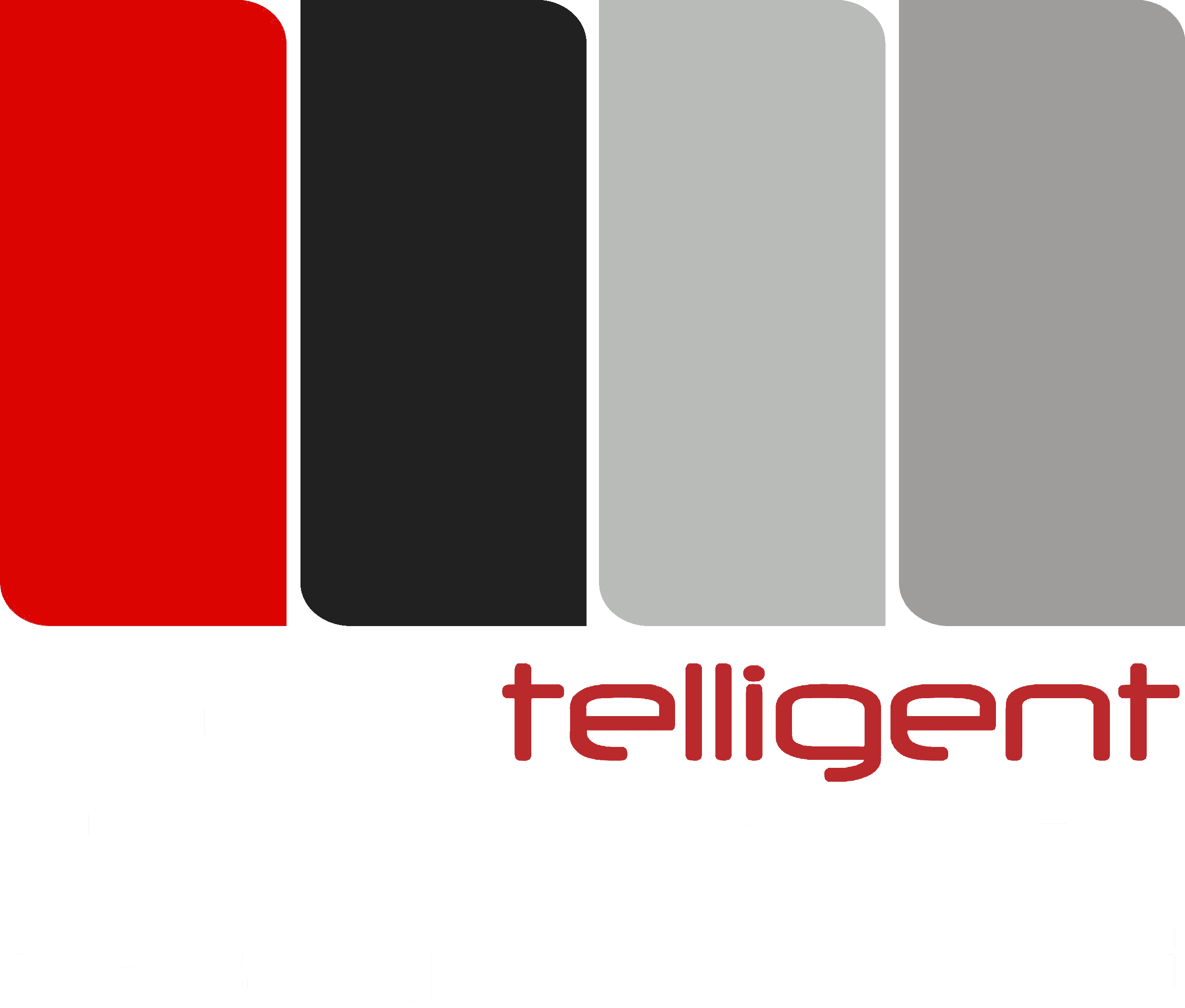Accessory dwelling unit (ADU) can be designed to serve more than one purpose. While some homeowners build them to provide living space for family members such as aging parents or college graduates moving back home, and others create them as rental properties to provide passive income, others envision them as an extension of the primary living space to offer amenities they don’t currently have. This was the case with a detached accessory dwelling unit plans we constructed in San Ramon, California, that was conceived as a home theater space for their family.
Because the focus of this project was on the home theater first and its function as an additional dwelling unit second, many of the design elements were chosen to enhance the structure as an entertainment space. The additional dwelling unit was approximately 600 square feet with a basic foundation and included a kitchen and bathroom behind doors adjacent to a main grand room. Though the family had it set up as a theater for their use, that space could alternatively serve as a studio apartment–style combined living and sleeping area.
In addition to the ADU, we graded an area outside the building, installed pavers, and constructed an outdoor kitchen with all in-ground utilities to facilitate the additional dwelling unit’s use for entertainment. Both the additional dwelling unit itself and the kitchen presented certain construction considerations that required care in planning and execution.
Construction Considerations
The ADU site was located on a hill, so the first step was to excavate to create a level spot for the foundation with the proper amount of clearance for the crawlspace. We also had to plan for the effective drainage of hillside water. We dug around the additional dwelling unit to install a French drain to protect the foundation from potential water damage. The water had to be diverted into a sewer cleanout that was city-approved, not simply sent down the hill, demanding careful attention to the relevant codes and requirements.
Bringing water and gas to the outdoor kitchen was also a challenge. The utilities were located over 300 yards away from the site, and the organic shape of the lot made it impossible to run these in a straight line. We used a specialized type of flexible gas line to be able to route the line by the shortest, cleanest path with the least number of bends, taking into account the shape of the hillside as well as existing structures, fencing, and landscaping.
Customizing the Space
These homeowners preferred rustic-type finishes throughout their project. The space included vaulted ceilings with some exposed beams with architectural steel connectors. Because they liked barn wood, we made the exterior of the building look like an old reclaimed barn. They also chose a red raised-seam metal roof to replicate the look of a barn. (It’s important to note here that the level of detail and finishes a homeowner chooses can have a dramatic impact on the overall cost of the project. In this case, the metal roof cost nearly five times as much as a basic roof for this size structure would have—however, it was a must-have for them.) To make the main room ideal for movie viewing, we insulated it for optimal acoustics.
Experienced Construction Partners
This project came to us more or less shovel-ready, with architectural drawings and the owner having pulled permits. Size-wise, it was right in what we consider the sweet spot for the detached ADU projects we typically see, which is from 400 to 800 square feet (for reference, the upper limit on a detached ADU is 1,200 square feet). Junior ADUs, which are attached to the main dwelling, have an upper limit of 500 square feet.
We worked throughout to keep the project moving, passing all required inspections on the first round and ultimately making the homeowners’ vision a reality. Our experience with constructing ADUs throughout the Bay Area has given us insight into the local nuances that affect the California Building Code regarding ADUs as well as the special considerations unique to each project, so we’re able to foresee and troubleshoot potential problems. While this project presented a few unique challenges, meeting those challenges was just part of the satisfaction of doing the job right.
If you have approved architectural plans for an ADU and are ready to take the next step, you need an experienced contractor and project manager to make it happen. Hometelligent is dedicated to producing top-quality work and reliably following through to bring your project in on time and within budget. To find out more about how Hometelligent can help with your ADU project, contact us here.

